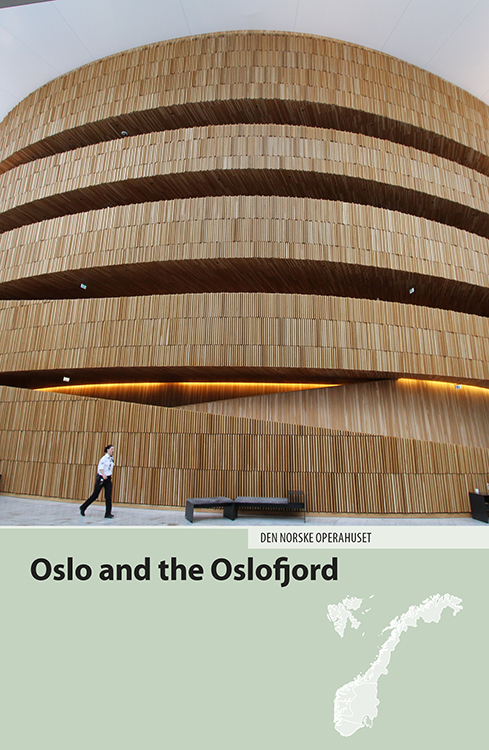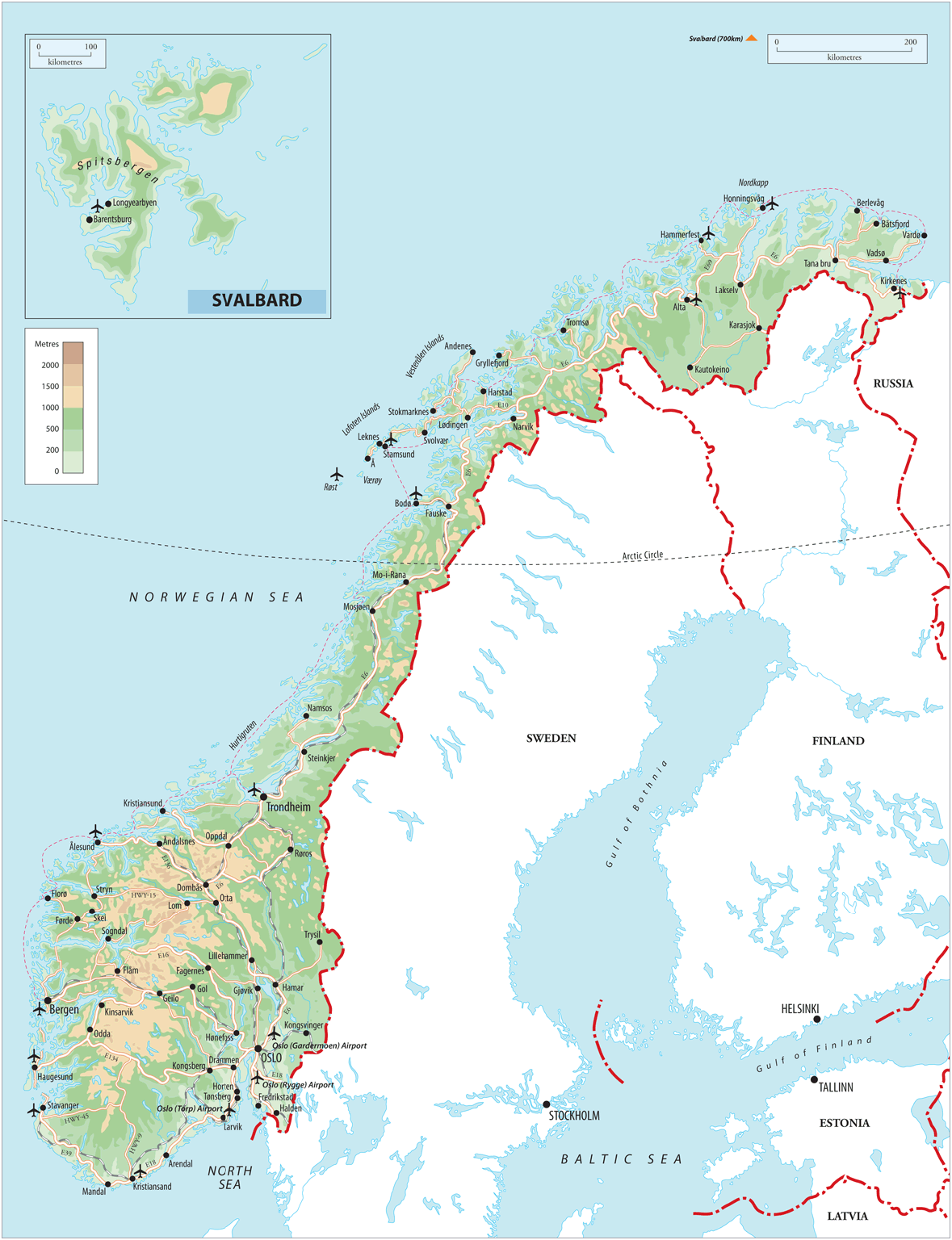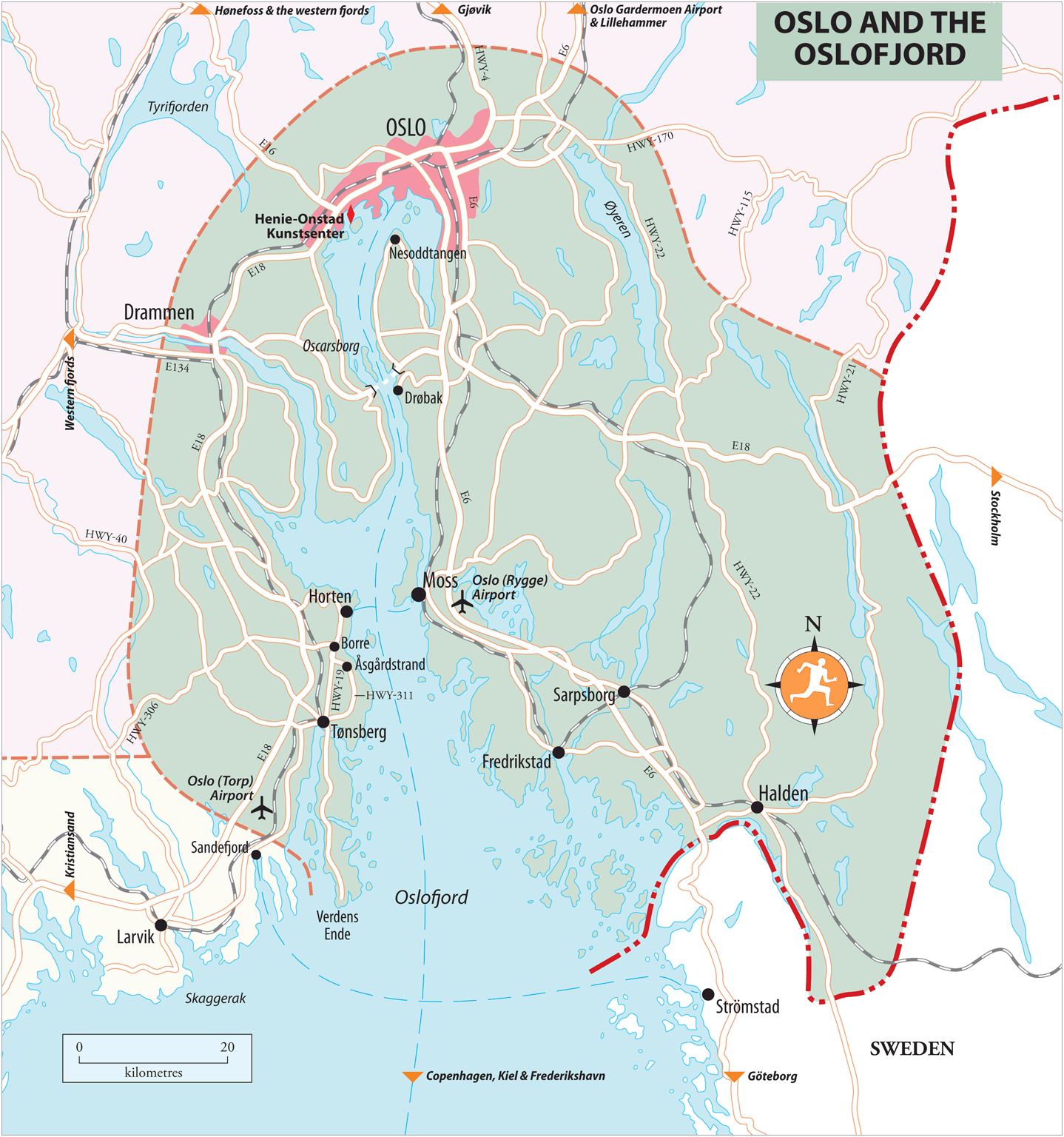INTRODUCTION TO OSLO AND THE OSLOFJORD
Quite simply, Oslo is one of Europes most amenable capitals, a vibrant, self-confident city with a relaxed and easy-going air, its handsome centre set between the rippling waters of the Oslofjord and the green, forested hills of the interior. Yet Oslos confidence is new-found: for much of its history, the city was something of a poor relation to the other Scandinavian capitals, Stockholm and Copenhagen especially, and it remained dourly provincial until well into the 1950s. Since then, however, Oslo has transformed itself, forging ahead to become an enterprising and cosmopolitan commercial hub with a population approaching 700,000. Oslo is also the only major metropolis in a country brimming with small towns and villages its nearest rival, Bergen, is less than half its size. This gives the city a powerful voice in the political, cultural and economic life of the nation and its pulled in all of Norways big companies, as a rash of concrete and glass tower blocks testifies.
Fortunately, these monoliths rarely interrupt the stately Neoclassical lines of the late nineteenth-century city centre , Oslos most appealing district, which boasts a lively restaurant and bar scene as well as a clutch of excellent museums. Indeed, Oslos biggest single draw is its museums , which cover a hugely varied and stimulating range of topics: the fabulous Viking Ship Museum, the National Gallery, which showcases the paintings of Edvard Munch, the magnificent sculpture park devoted to the stirring bronze and granite works of Gustav Vigeland, and the moving historical documents of the Resistance Museum, are, to name just four, enough to keep even the most jaded visitor enthralled for days. Theres also a first-rate outdoor scene , with Oslo rustling up a good range of parks, pavement cafs, street entertainers and festivals, especially in summer when virtually the whole population seems to live outdoors and visiting is a particular delight. Winter is also a good time to be here, when Oslos position amid hills and forests makes it a thriving, convenient and (surprisingly) affordable ski centre .
Although Oslos centre is itself compact, its outer districts spread over a vast 454 square kilometres, encompassing huge chunks of woodland, beach and water. Almost universally, the citys inhabitants have a deep and abiding affinity for these wide-open spaces and, as a result, the waters of the Oslofjord to the south and the forested hills of the Nordmarka to the north are tremendously popular for everything from boating and swimming to hiking and skiing. On all but the shortest of stays, theres ample opportunity to join in the open forest and cross-country ski routes of the Nordmarka and the island beaches just offshore in the Oslofjord are both easily reached by metro or ferry.
Oslo curves round the innermost shore of the Oslofjord , whose tapered waters extend for some 100km from the Skagerrak, the choppy channel separating Norway and Sweden from Denmark. As Norwegian fjords go, the Oslofjord is not especially beautiful the rocky shores are generally low and unprepossessing but scores of pretty little islets diversify the seascape. Many of these wooded bumps accommodate summer chalets, but several have been protected from development and one of them Hovedya makes for a lovely excursion. By comparison, the towns that trail along the shores of the Oslofjord are for the most part of little immediate appeal, being mostly for workaday industrial settlements. The exceptions include, on the eastern shore, Fredrikstad , home to a delightful and superbly well-preserved seventeenth-century fortress, and on the western shore, the Viking burial mounds of Borre and, at a pinch, the holiday resort of Tnsberg .
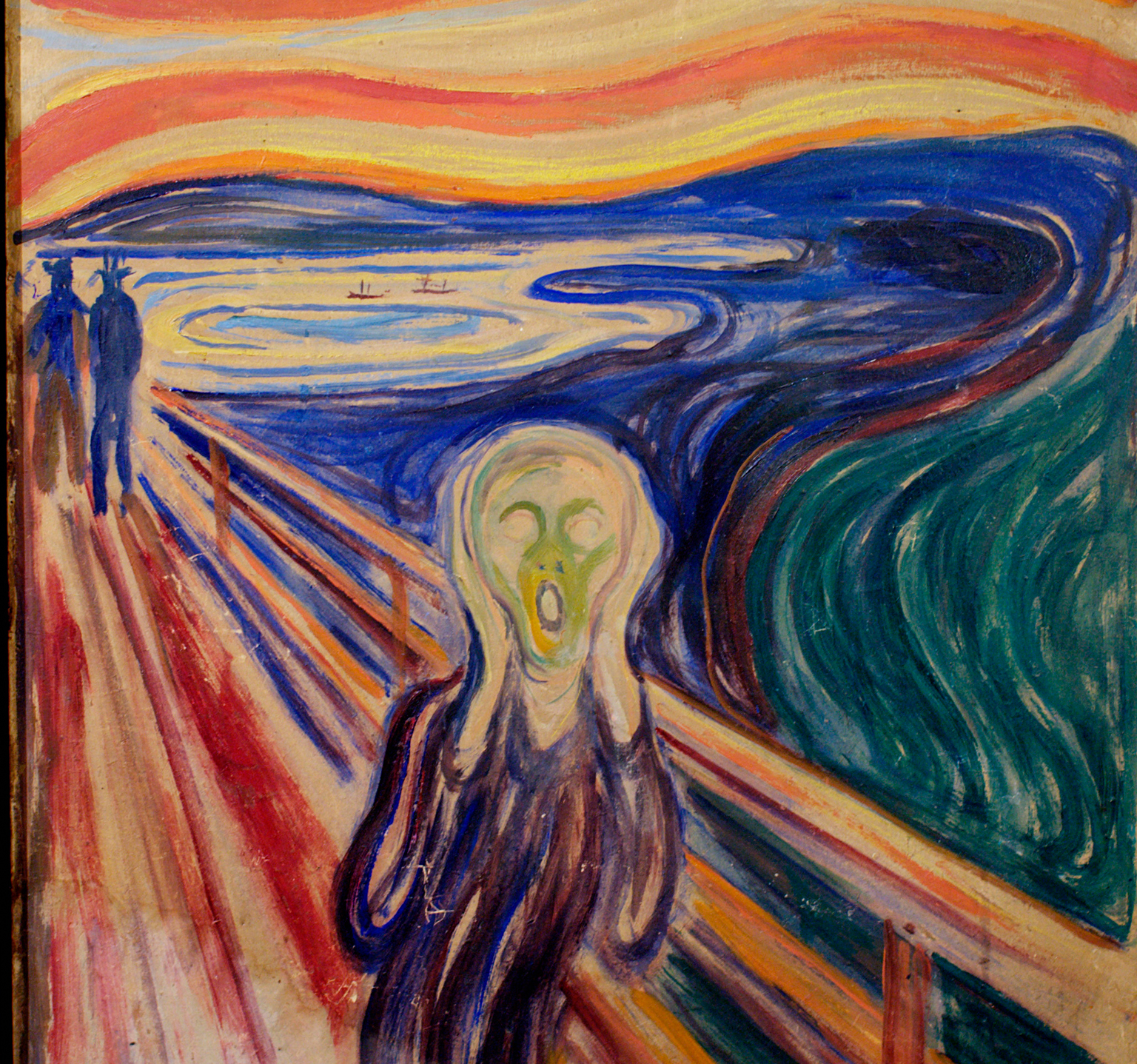
EDVARD MUNCHS THE SCREAM, NASJONALGALLERIET
Highlights
Norways most ambitious collection of fine art, the National Gallery has a bit of everything, from Dahl to Kittelsen and Tidemand to Krohg, but the key paintings are by Edvard Munch.
See exactly where Norways greatest dramatist, Henrik Ibsen, spent his last years and breathed his last breath.
Take a stroll round the fantastical creations of Gustav Vigeland in this wonderful open-air sculpture park.
The world-famous Viking Ship Museum exhibits a trio of Viking longships preserved in the subsoil since they were interred in the Viking period.
You can swim, walk through woods or laze on the beach on this charming Oslofjord island, just a short ferry ride from the city centre.
Oslo has some great places to drink, but this laidback, infinitely groovy rooftop bar is hard to beat.
For details on getting to Oslo and travelling across the rest of Norway, as well as information on entry requirements and currency, plus travelling with children, national holidays and sport, turn to the section.

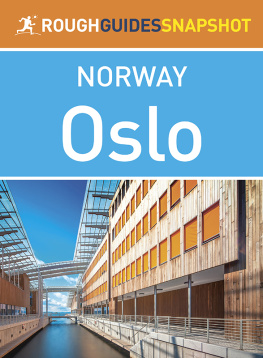
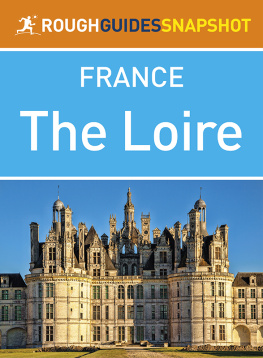
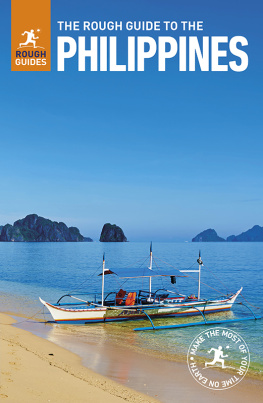
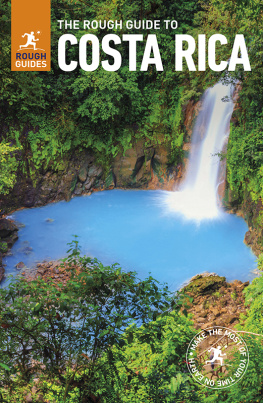
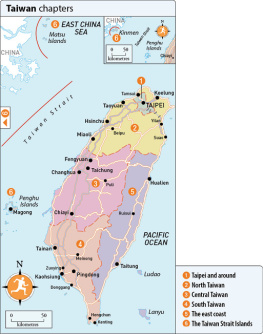
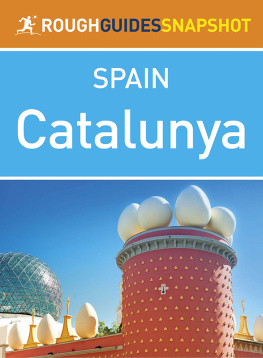
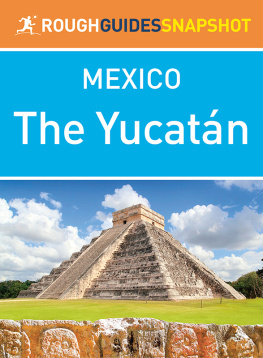

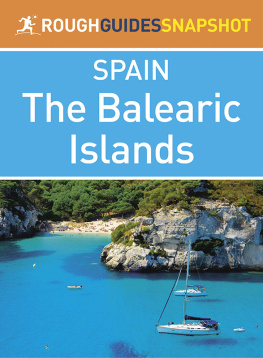
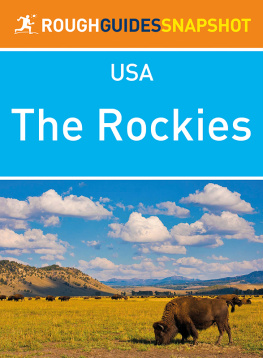

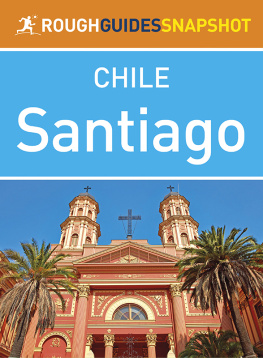

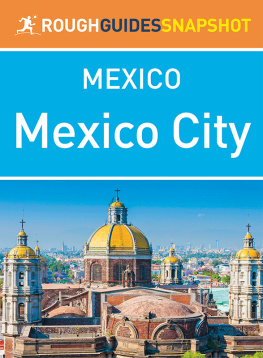

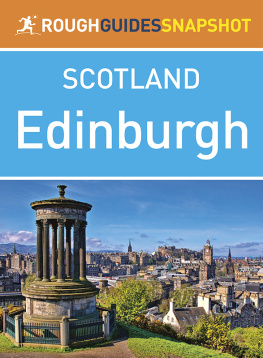



 . You can select your own favourites and create a personalized itinerary by bookmarking the sights, venues and activities that are of interest, giving you the quickest possible access to everything youll need for your time away.
. You can select your own favourites and create a personalized itinerary by bookmarking the sights, venues and activities that are of interest, giving you the quickest possible access to everything youll need for your time away.